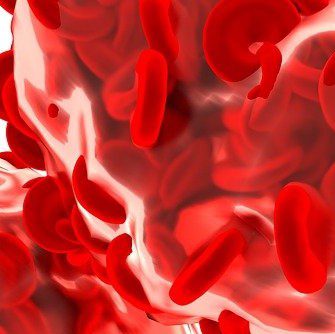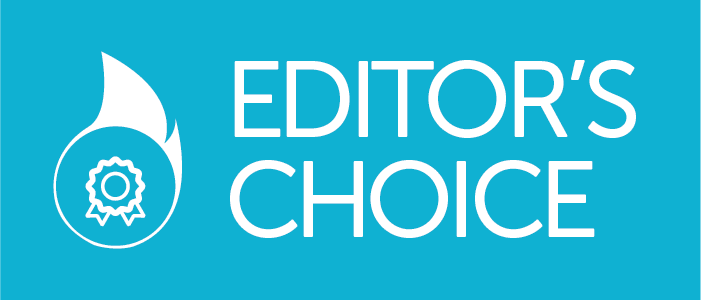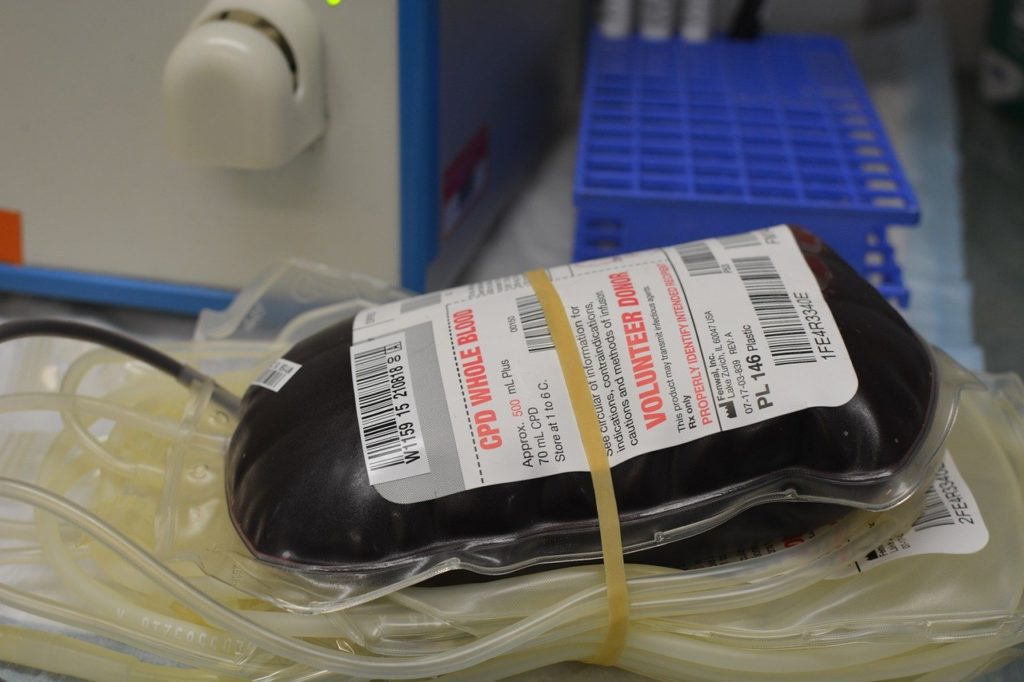Cured of Sickle Cell Disease, His Next Challenge was Mt. Kilimanjaro
Almost 100,000 people in the United States have been diagnosed with sickle cell disease (SCD). About one million people worldwide have the disease. Patients are at risk of death in…























